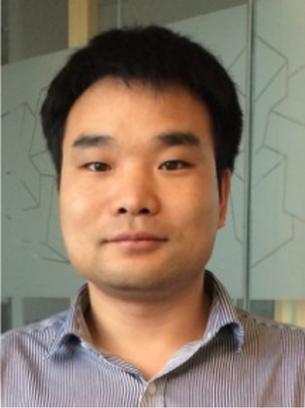Program
- Kl 10.15 Prøveforelesning – Problems and challenges in energy storage
- Kl 12.30 Disputas
Prøveforelesning og disputas er åpen for alle interesserte.
Det vil bli en sammenkomst umiddelbart etter disputasen.
Abstract
 In this PhD work, I have studied how to modify the properties of TiO2. By combining with different materials (such as quantum dots, Ti3+ sites, gold nanoparticle, TiN layer, etc.), TiO2 nanotubes have improved the properties in light absorption, conductivity, and charge separation. Meanwhile, the modified TiO2 nanotubes electrodes show better performance used in photocurrent conversion, supercapacitors, and solar fuels conversion.
In this PhD work, I have studied how to modify the properties of TiO2. By combining with different materials (such as quantum dots, Ti3+ sites, gold nanoparticle, TiN layer, etc.), TiO2 nanotubes have improved the properties in light absorption, conductivity, and charge separation. Meanwhile, the modified TiO2 nanotubes electrodes show better performance used in photocurrent conversion, supercapacitors, and solar fuels conversion.
TiO2 is one of earth-abundant materials, have found many uses in the photocatalytic field. By nature, TiO2 materials are typically white. It means that TiO2 materials have a poor light absorption in visible regime. In the research, I employed a cathodic reduction treatment to change the color of TiO2 nanotubes from white to dark blue or black so that they display an enhanced light absorption in visible regime.
Next, TiO2 materials are a metal oxide, which has weak electrical conductivity limits the specific performance in practical application. In this work, I coated a high conductivity TiN layer on TiO2 nanotubes by atomic layer deposition method. Further, the improved conductivity has proved in the application of supercapacitors.
Furthermore, TiO2 materials are wide bandgap semiconductors, which is hard to generate and separate more electrons and holes. In the photocatalytic field, the more separated electrons and holes involved in the redox reactions, the higher photocatalytic efficiency could be improved. By depositing of quantum dots and Au nanoparticles, the results have shown we had narrowed the bandgap of TiO2 materials and improved their generation and separation efficiency.